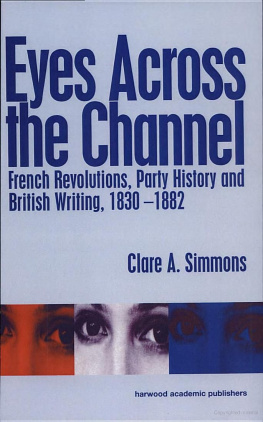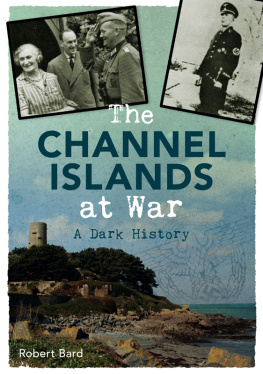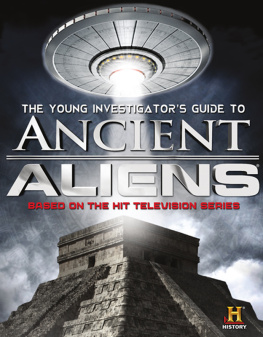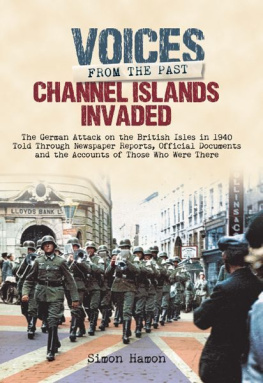First published in 2000 by Harwood Academic Publishers
This edition first published in 2022
by Routledge
4 Park Square, Milton Park, Abingdon, Oxon OX14 4RN
and by Routledge
605 Third Avenue, New York, NY 10158
Routledge is an imprint of the Taylor & Francis Group, an informa business
2000 OPA (Overseas Publishers Association)
All rights reserved. No part of this book may be reprinted or reproduced or utilised in any form or by any electronic, mechanical, or other means, now known or hereafter invented, including photocopying and recording, or in any information storage or retrieval system, without permission in writing from the publishers.
Trademark notice: Product or corporate names may be trademarks or registered trademarks, and are used only for identification and explanation without intent to infringe.
British Library Cataloguing in Publication Data
A catalogue record for this book is available from the British Library
ISBN: 978-1-032-12623-4 (Set)
ISBN: 978-1-003-26095-0 (Set) (ebk)
ISBN: 978-1-032-13042-2 (Volume 11) (hbk)
ISBN: 978-1-032-13044-6 (Volume 11) (pbk)
ISBN: 978-1-003-22736-6 (Volume 11) (ebk)
DOI: 10.4324/9781003227366
Publishers Note
The publisher has gone to great lengths to ensure the quality of this reprint but points out that some imperfections in the original copies may be apparent.
Disclaimer
The publisher has made every effort to trace copyright holders and would welcome correspondence from those they have been unable to trace.
Copyright 2000 OPA (Overseas Publishers Association) N.V. Published by license under the Harwood Academic Publishers imprint, part of The Gordon and Breach Publishing Group.
All rights reserved.
No part of this book may be produced or utilized in any form or by any means, electronic or mechanical, including photocopying and recording, or by any information storage or retrieval system, without permission in writing from the publisher. Printed in Singapore.
Amsteldijk 166
1st Floor
1079 LH Amsterdam
The Netherlands
British Library Cataloguing in Publication Data
A catalogue record for this book is available from the British Library.
ISBN: 90-5823-048-1
ISSN: 1562-3432
To my husband, Henry Stern
CONTENTS
Acknowledgments
Introduction
Chapter 2 After Reform: Conservatism and Carlyle
Chapter 3 1848: The Threat to Property
Chapter 4 Historical Repetition and A Tale of Two Cities
Chapter 5 Alternative Worlds and the Franco-Prussian War
Epilogue Dreams of a Channel Tunnel
References
Index
ACKNOWLEDGMENTS
I would like to thank the many people and institutions that contributed to this book in ways that ranged from the highly practical to the morally supportive. Many ideas that became part ofor, equally important, were rejected fromthe project were first aired at the Interdisciplinary Nineteenth-Century Studies conference, so it is appropriate that the book should appear in the Interdisciplinary Nineteenth-Century Studies book series under the editorship of Keith Hanley and Greg Kucich. David Riede and Mark Schoenfield patiently read early drafts of the entire manuscript. Pam, Michael, Hilary, and Annie Simmons collected newspaper cuttings on my behalf. Frances and Joy Simmons accompanied me on a snowy Channel Tunnel excursion. A version of Chapter Two appeared in Prose Studies, and a section of Chapter Five in Studies in Medievalism; thanks for this, and much else, are due to the editors, Ronald Corthell of Prose Studies and Leslie Workman and Kathleen Verduin of Studies in Medievalism. The Ohio State University Library proved itself equal to the task of locating the most obscure materials. Support for research was provided by the Ohio State University Department of English and College of Humanities. Others who provided hints, suggestions, and general goodwill include, but are certainly not limited to, James Bracken, Jerome Christensen, Mark Conroy, Laura George, Sebastian Knowles, Peter Manning, Mary McDougall, Ken McNeil, James Phelan, and Herbert Tucker. I am appreciative of comments and kindness from so many more of my colleagues in the Department of English at the Ohio State University that it is hard to single them out, but I would like to recognize particularly both the critical skills and the friendship of those in Nineteenth-Century British literature, Audrey Jaffe, Marlene Longenecker, Richard Martin, David Riede, Cathy Shuman, and Les Tannenbaum. Finally, I thank my husband Henry Stern for his endless patience.
Introduction
Happy England! ... that the wise dispensation of Providence has cut her off, by that streak of silver sea, which passengers so often and justly execrate, though in no way from the duties and honors, yet partly from the dangers, absolutely from the temptations, which attend upon the local neighbourhood of the Continental nations.
(W. E. Gladstone)
A Frenchman must have his revolution.
(W. M. Thackeray)
O n October 30, 1990, the French and English sides of a tunnel under their shared territorial waters were linked by a small drillholein the words of The Times, a mousehole through to France.1 The construction, a challenge both to engineering and to creative financing, promised to ease travel by providing a land-link between Britain and the rest of Europe within the next three years. The media, however, interpreted the significance of the venture not logistically or economically, but historically. Whether you like it or not, the British Broadcasting Company informed viewers, Britain will be joined to France for the first time in 8,000 years.2 By 1993later postponed for technical reasons to 1994for the first time since the Ice Age, a land-link would be created between Britain and the European mainland. Yet the B.B.C.s presentation of the event, however humorously intended, depends on what Stuart Hall has called the shared meanings of a culture.3 The joke is not funny unless there is a cultural awareness that at least some Britons will not like the idea of being joined to Europe by what has been significantly described as an artery of the European Communitys planned high-speed rail network.
Indeed, the day after representatives of French and British workers were shaking hands under the stretch of water known to the French by its geographical shape (La Manche) and to the British by a sense of proprietorship (the English Channel), Britains Prime Minister Margaret Thatcher, whose government had refused to provide an infusion of money for the artery, was insisting that Britain would make no further surrender to the European Monetary Union.4
Thatcher was standing against of model of European development that was federalist and progressivist in order to ensure the survival of British independent identity. The identity of a nation is itself, of course, problematic. In the case of Britain, speaking English is not proof of identity with the nation, since English is the official government language of many nations; as a residue of Empire, even having British citizenship is not proof of Britishness.5 Britains island status marks what Britain is, and hence the Tunnel represents the erosion of that form of identity.













